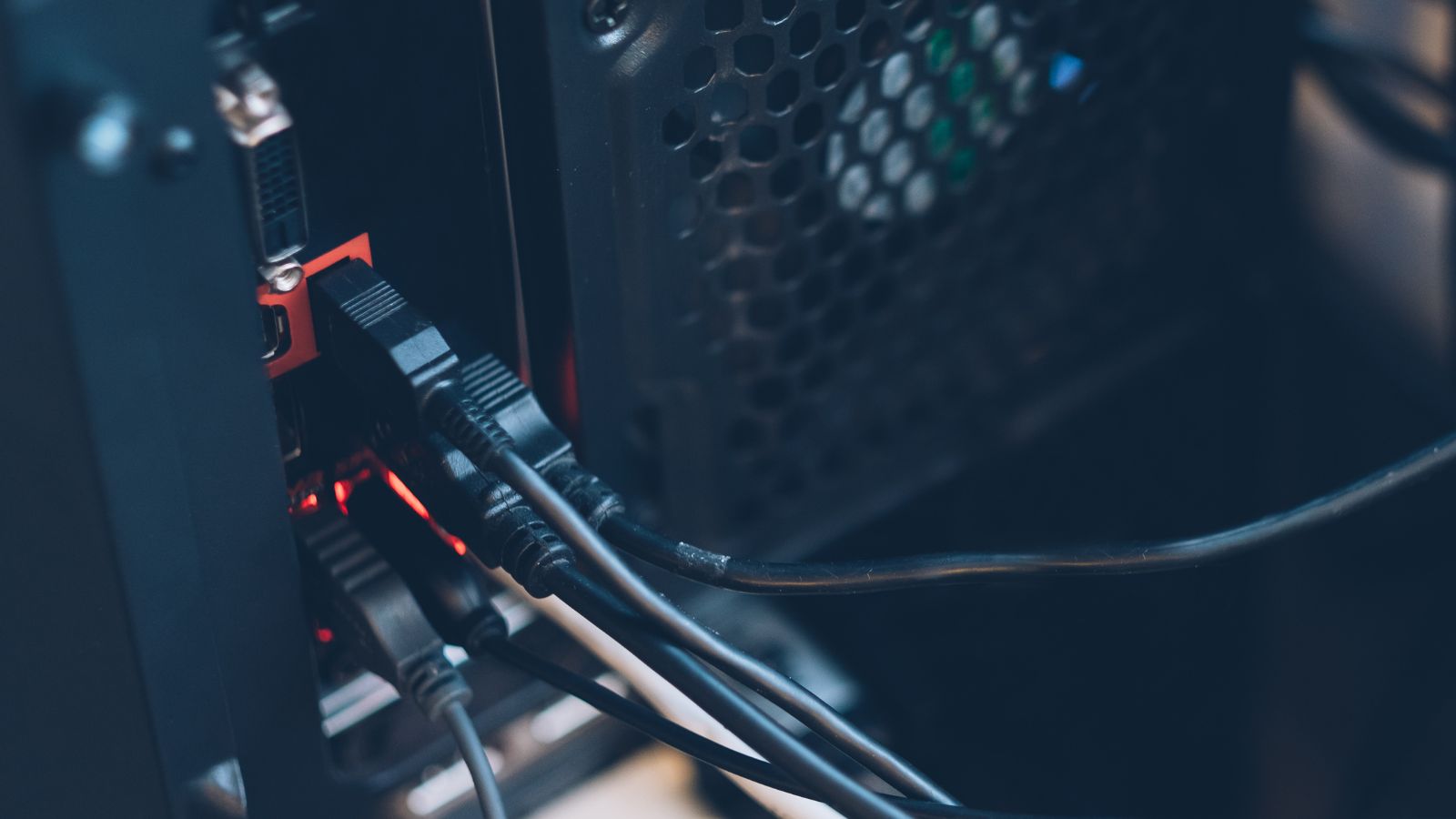Whether you are a complete PC beginner looking to expand your PC knowledge, or a veteran wanting to upgrade their peripherals, knowing which USB ports you have on your gaming PC can be incredibly useful. Each type of USB port features a different physical shape and maximum speed. Knowing which you have, allows you to figure out which devices you can arm your setup with to enjoy superior gaming performance and streamlined productivity.
The majority of USB ports come with colourful indicators to tell you which type they are. We’ve put together this handy guide highlighting everything you need to know. From USB basics, generations, the different types, and how to spot which ones you have.
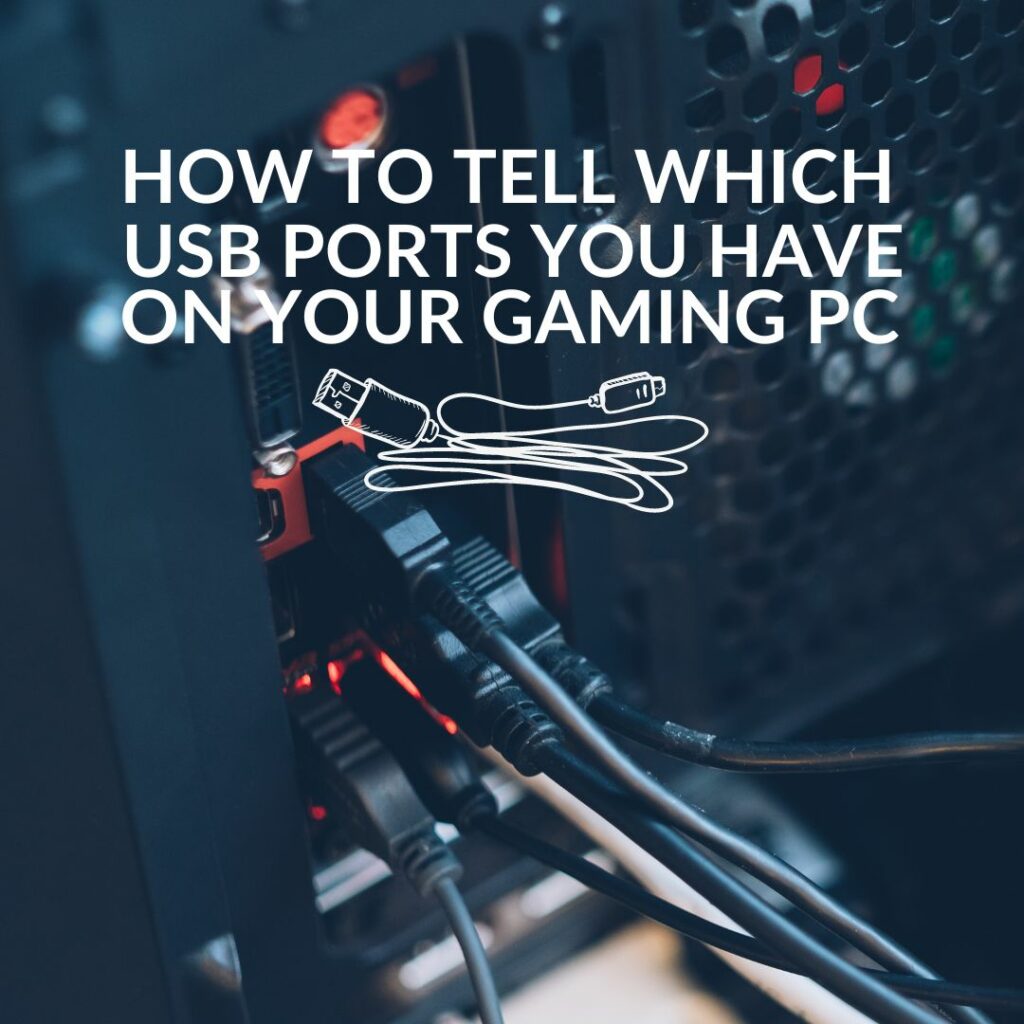
USB Basics:
Before we go any further into all the details about USB port types and generations, let’s go back to the basics. What exactly is a USB port?
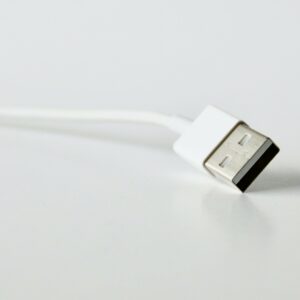
Short for Universal Serial Bus, USB is a universal connector used for hundreds of different products, including connecting peripherals to your PC. A USB connector can be used to transfer data and supply power to your devices. Today, USB is used to connect and power a whole host of devices from webcams to mobile phones. Even your TV or monitor probably has a USB port of two.
USB Port Generations:
Released back in 1996, there are multiple generations of USB. Each of boasting plenty of updates and improvements. The table below lists all the different generations, the type of port used, and their max speed.
| USB Type | Max Speed | |
|---|---|---|
| 1.0 | Type A | 12Mbit/s |
| 1.1 | Type A | 12Mbit/s |
| 2.0 | Type A | 480Mbit/s |
| 3.2 Gen 1×1 (USB 3.0) | Type A | 4.8Gbit/s |
| 3.2 Gen 1×2 (USB 3.1) | Type A | 10 Gbit/s |
| 3.2 Gen 2×2 (USB 3.2) | Type C | 10 Gbit/s |
| 4.0 | Type C | 40 Gbit/s |
| 4.0 (2.0) | Type C | 80Gbit/s |
Types of USB Port:
Whilst USB is a universal standard everywhere, there are multiple different types of USB ports.
USB Type A:
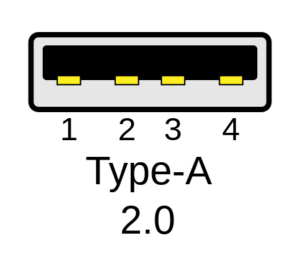
This is the most common type of USB form factor, a simple rectangular port that is compatible with multiple different generations of USB. USB Type 3.1 and onwards however aren’t compatible with Type A ports and instead utilise a Type C.
USB Type B:
USB Type B was often compatible with devices such as fax machines or scanners and isn’t commonly found now since production was stopped in 2017. However, you can find a USB Type B port variant which features support for USB 3.0/3.1.
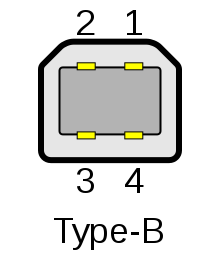
USB Mini-A:
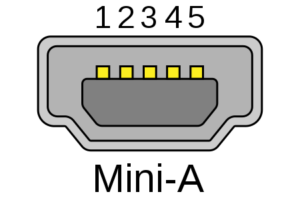
A smaller version of Type A, which was commonly used for devices such as smartphones. No longer production and replaced with USB Micro-A.
USB Micro-A
A small USB form factor, typically compatible with smartphones and other small devices.
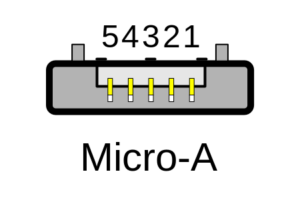
USB Mini-B:
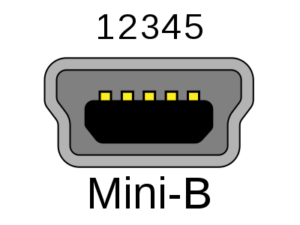
Mini-B is another small USB form factor, typically used for devices such as cameras, or MP3 players. It was replaced with USB Micro-B.
USB Micro-B:
USB Micro-B is used for smartphone chargers and game controllers. Not found as often since the release of Type-C.
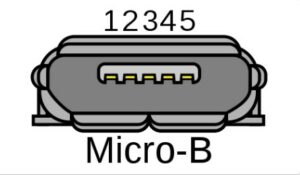
USB Type C:
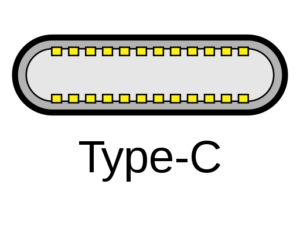
Type-C is the most common type of USB found today. Since the release of USB 4.0, Type-C is the only USB port that is supported by all current-generation devices. What sets Type-C apart from previous ports, is that it can be plugged in either direction. The connector is mirrored on the top and bottom.
Want to know more about the different USB types? Check out our dedicated blog guide for more.
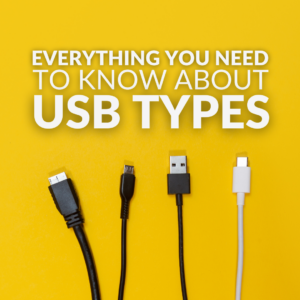
USB Port Colours:
Now for why we’re all reading this. How do you tell which USB ports your gaming PC is equipped with?
On your motherboard’s I/O panel (usually found at the back of your case), you’ll be able to see all the different USB ports that are available. Chances are, they’re in different colours. No this isn’t just to make your PC pretty and colourful, it does have a purpose.
The colour represents the USB type.
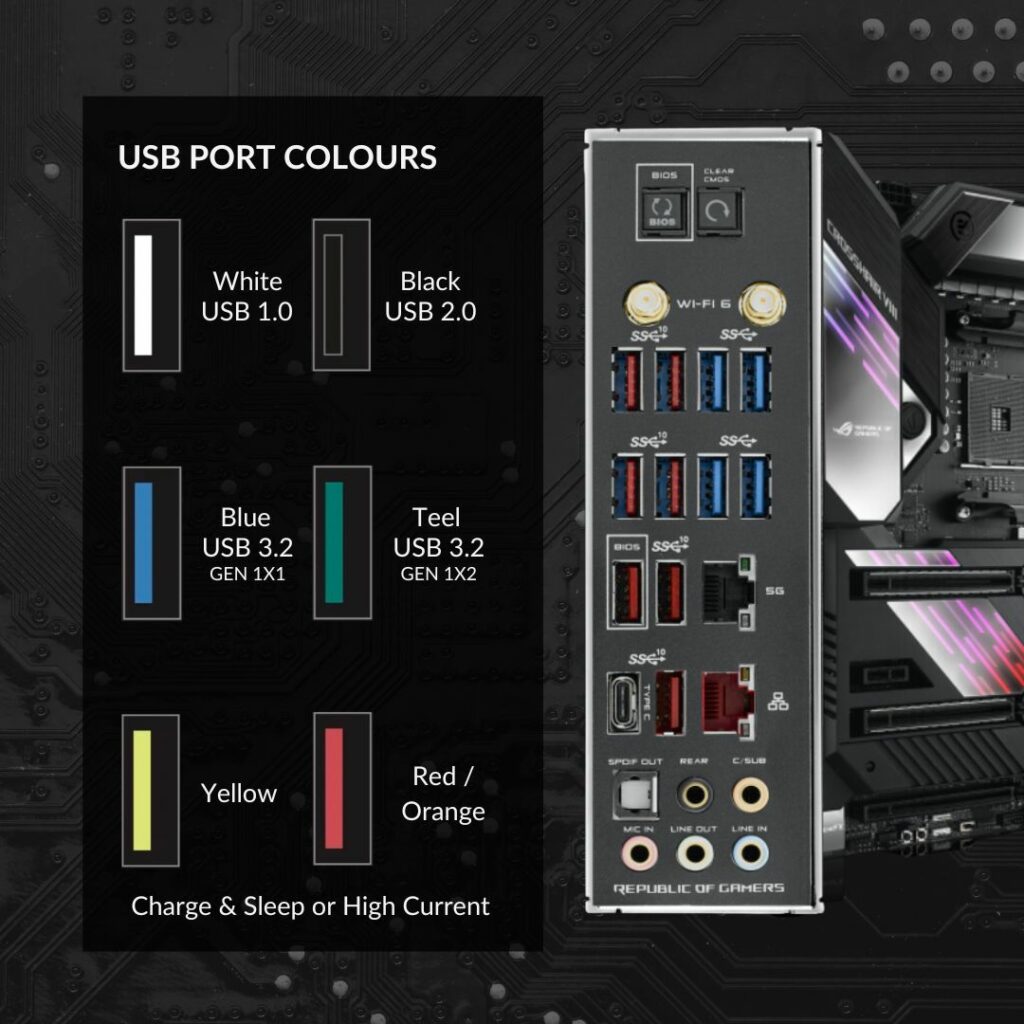
The only exception to the coloured ports is USB Type-C as these are mostly black.
Boost Your Connectivity
Tired of never having enough USB ports for all your peripherals and devices? Boost your connectivity with a high-quality USB hub or dock. At Overclockers UK, you can find USB hubs with plenty of additional ports, each boasting fast data transfer speeds, for you to take advantage of. Plus, they can be pretty handy for keeping all those extra pesky wires well organised, for a neat and tidy desk.
Streamplify HUB CTRL 7 USB Hub:
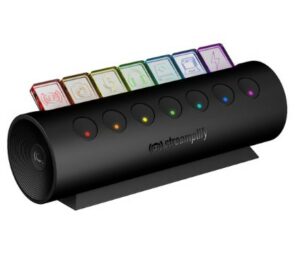
- USB Hub
- Six USB 3.0 ports and one USB 2.0A with power charging
- Sixteen swappable icons
- Customisable RGB lighting
IcyBox 6 in 1 USB Type-C USB Dock:
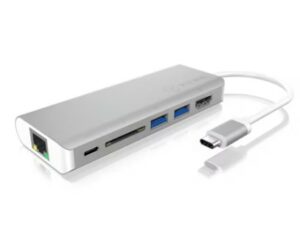
- Travel USB dock
- 2 x USB 3.0 Type-A ports
- USB Type-C connectivity
Streamplify HUB Deck 5 USB Hub:
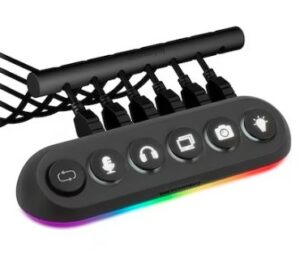
- USB Hub
- Four USB 3.0 ports and one USB 2.0A port
- RGB lighting and LED indicators
- Integrated cable clip
